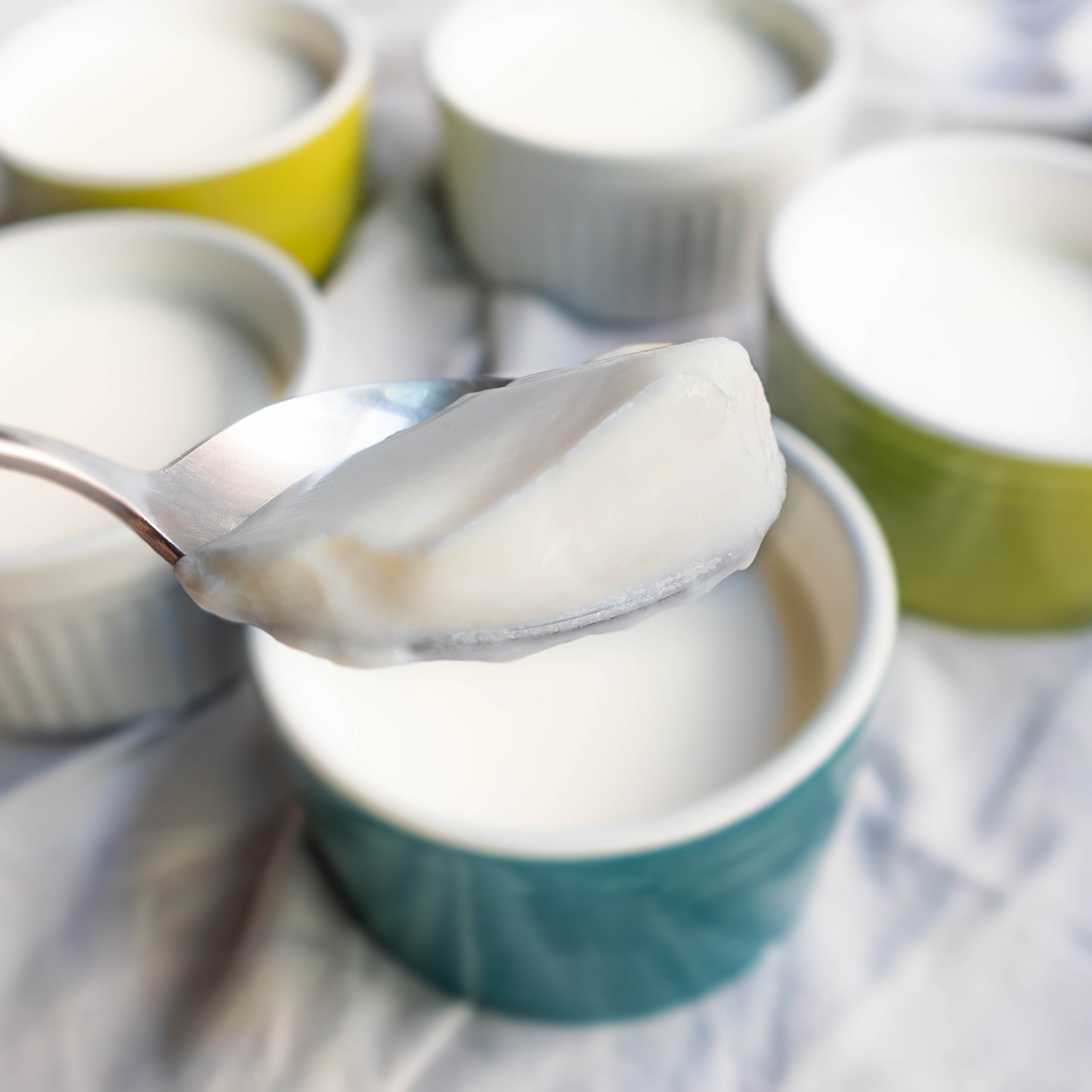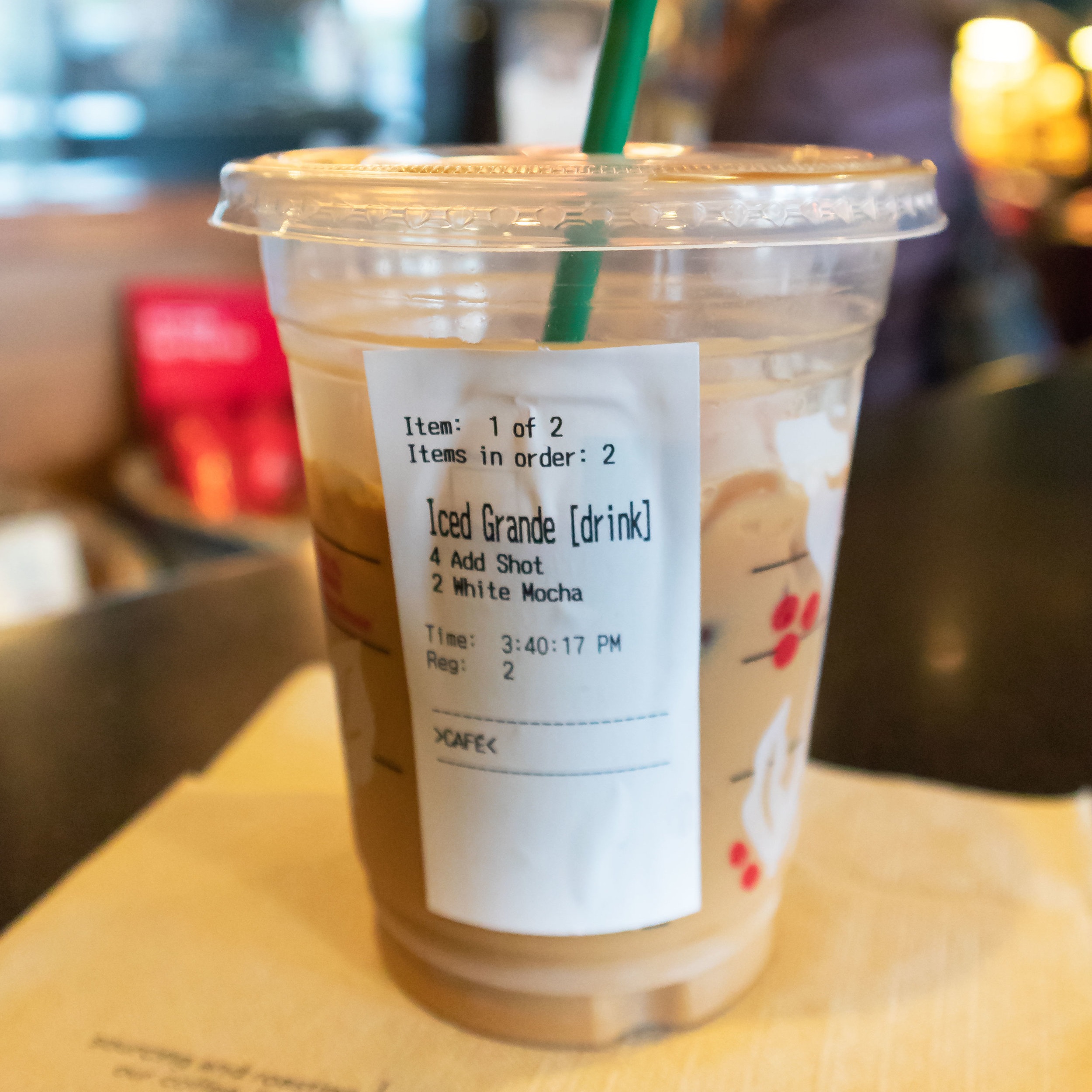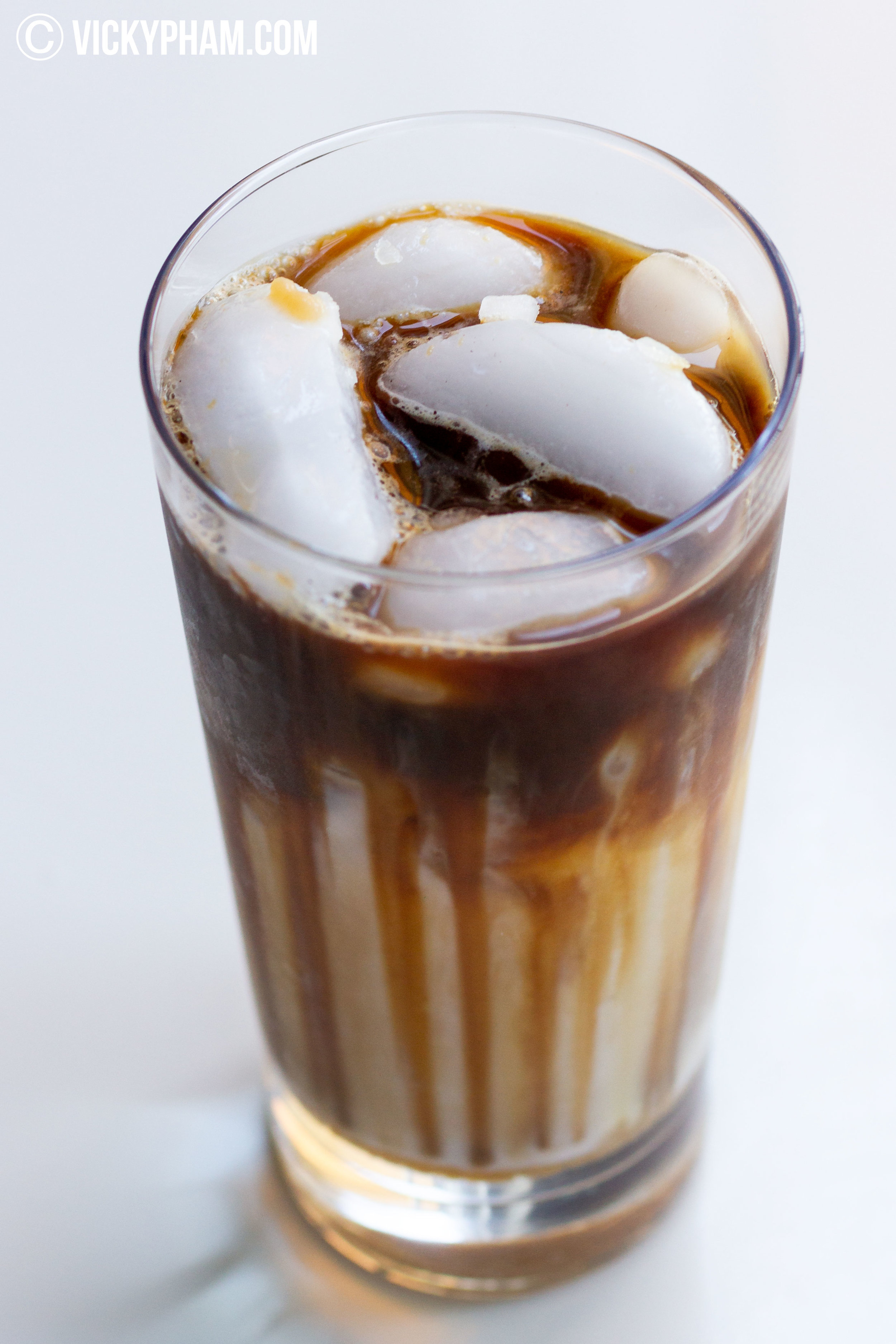Vietnamese Preserved Lemons & Salty Lemonade (Chanh Muối)
If you have plenty of lemons (or limes), you can preserve them in a salty brine that will keep for eternity. That’s exactly what I did when I rummaged through my sister’s backyard and looted her lemon tree.
It’s typical to see dusty jars of preserved lemons and limes in a Vietnamese household. The dustier the jar, the older the folks who made it. I am now on that level with two dusty jars of my own.
In Vietnam, we called lemons preserved in a salty brine Chanh Muối and the refreshing iced drink made with them, Nước Chanh Muối.
Nuoc Chanh Muối is made with a mixture of preserved lemons, ice, sugar, and water. Sometimes carbonated/soda water is used instead, called Soda Chanh Muối.
This Vietnamese drink is similar to lemonade but salty, as you would expect from a salty brine. If you enjoy a salty note with something sweet, you will definitely love this drink. You’ll just have to wait at least two months to enjoy it.Ha!
Luckily for you, you can find these on the drink menu at Vietnamese restaurants for a more immediate treat.
For those who want to make this at home, check out my video recipe above. I’ll walk you through how to preserve the lemons and how to make the popular refreshing drink from start to finish.
Also, make sure to read my notes below in the written recipe about mold. It’s not as frightening as it sounds.
Vietnamese Preserved Lemons & Salty Lemonade (Chanh Muoi)
Makes 30 small or 20 large preserved lemons
Ingredients
- 30 small lemons or 20 large lemons (about 5 lbs)
- 1 cup packed sea salt
- 8 cups water
- 1 gallon glass jar with airtight plastic lid
Equipment Needed
Instructions
- Make sure the glass container and lid are thoroughly cleaned and dry. This will help to prevent mold. If you have a canning jar that can withstand heat, like the one linked above, you can sterilize the inside of the jar and the lid with boiling water. Sterilizing is recommended but not necessary. The Vietnamese don't sterilize.
- Scrub the lemons thoroughly to remove any impurities on the peel surface. Any lingering dirt or bacteria may also result in mold over time. Pat dry and stack the lemons snugly into the jar. This will help keep them submerged in the brine.
- In a medium-size saucepan, dissolve salt in water over medium-high heat. Set aside to cool. Pour the mixture into the jar, making sure to completely cover the lemons. If the lemons become loose and float out of the brine, put a weight inside the jar. I like to use a ceramic bowl filled with brine water.
- Seal the jar tightly with a plastic lid. If you have a metal lid, it will likely rust, but you can line the opening of the jar with paper towels or plastic wrap before sealing. Place the jar in a warm spot, such as a window sill, or directly in the sun outside. Ferment for at least two months. The longer, the better.
- Occasionally check that the lemons are still submerged in the brine, as they will shrink and get dislodged. If you happen to see small white specks of mold growing on the surface, you can simply scoop them out with a large ladle, along with the surrounding water, and discard. It's still safe to consume. After two months, the lemons will become pale in color
- To make the Vietnamese salted lemonade (chanh muoi), slice one preserved lemon in half. Discard seeds then transfer to a drinking glass. If you have very large lemons, you might want to start with half. Break up the lemon with a spoon or with a cocktail muddler. It should break apart easily. Add one cup ice, 3-4 teaspoons granulated sugar or 2 tablespoons simple syrup (preferred), and a 3/4 cup regular water. You can replace the water with club soda but I prefer regular water for a more traditional drink. Adjust sweetness and saltiness if necessary. If you like it a bit more salty, add a bit of brine water instead of salt.















Forget everything you know about coffee. There's a drink in Vietnam that combines coffee with the unexpected fluffiness of whipped egg yolks.